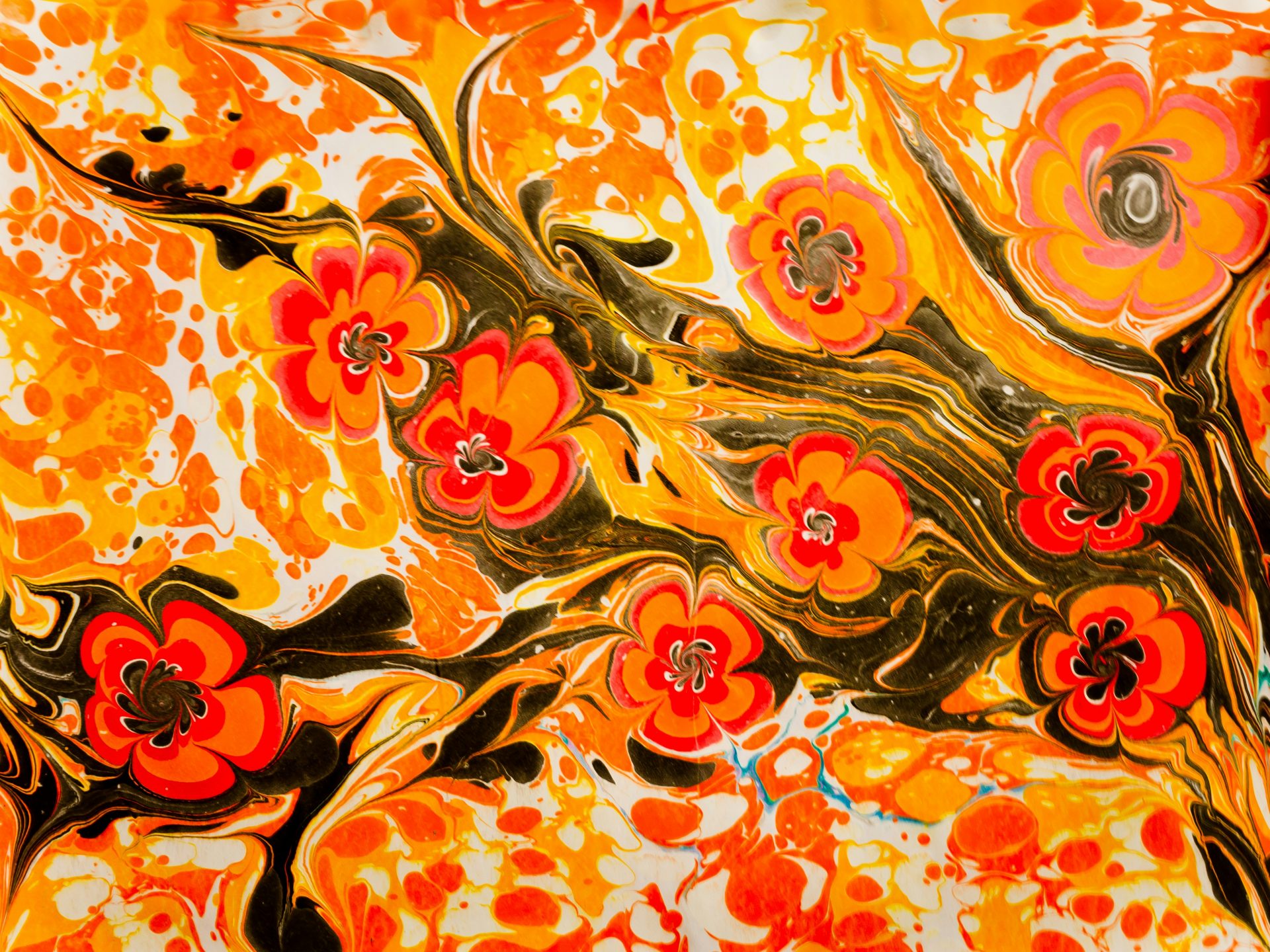Mesopotamian Festivals: Celebrations and Traditions

Before diving in, please note: This post is for informational purposes only. If you’d like to know more about how we approach topics, feel free to check out our friendly Disclaimer Page.
Hey there, amazing readers! 🖐️ Just a quick note: yes, we know there are a lot of ads here. Trust us, we get it—it’s not the prettiest look, but they help us keep this blog alive and kicking. Those pesky little ads cover the costs of all the behind-the-scenes magic, from hosting and tech stuff to creating content we hope you’ll love.
We’re committed to delivering quality posts, and your support (even just sticking around despite the ads) means everything to us. So, bear with us, and thanks for helping us keep the good vibes rolling. Now, on to the fun stuff! 😉
TRANSLATE BUTTON AT THE END OF THE ARTICLE
Introduction to Mesopotamian Festivals
Mesopotamian festivals were vibrant celebrations that played a significant role in the lives of the ancient people of Mesopotamia, located in present-day Iraq, Syria, and Kuwait.
These festivals were deeply rooted in the region’s rich cultural and religious traditions, marking important events such as harvests, lunar phases, and honoring various deities.
Mesopotamian festivals were a time for communities to come together, enjoy music, dance, food, and participate in rituals that connected them to their beliefs and history.
Ancient Mesopotamian Calendar
The ancient Mesopotamians used a lunar-solar calendar that consisted of 12 months, each with 29 or 30 days.
The calendar was based on the phases of the moon, with each month beginning at the first sighting of the new moon.
This calendar system dictated the timing of festivals and religious observances, aligning them with the cycles of nature and the movements of the celestial bodies.
Religious Significance of Festivals
Mesopotamian festivals were deeply intertwined with the region’s polytheistic religious beliefs.
Each festival was dedicated to a specific deity, such as Inanna, the goddess of love and war, or Enlil, the god of wind and storm.
These festivals were a way for the ancient Mesopotamians to honor and appease their gods, seeking blessings for their crops, livestock, and families.
The rituals and ceremonies performed during these festivals were believed to ensure the prosperity and well-being of the community.
Traditional Mesopotamian Celebrations
Mesopotamian festivals were joyous occasions filled with music, dance, and feasting.
These celebrations brought together people from all walks of life to partake in the festivities and express their devotion to the gods.
The festivals were often held in temple courtyards or open spaces, where elaborate decorations and altars were set up to honor the deities.
Priests and priestesses led the ceremonies, performing sacred rites and leading the community in prayer and offerings.
Rituals and Ceremonies
Rituals and ceremonies played a central role in Mesopotamian festivals, serving as a way to connect with the divine and express reverence for the gods.
These rituals often involved offerings of food, drink, and incense, as well as prayers and hymns sung in honor of the deities.
Processions, purification rites, and sacred dramas were also common during festivals, adding to the mystical and solemn atmosphere of the celebrations.
Festive Foods and Drinks
Food and drink were essential components of Mesopotamian festivals, symbolizing abundance, hospitality, and the blessings of the gods.
People enjoyed lavish feasts featuring roasted meats, bread, fruits, and vegetables, accompanied by beer and wine.
These offerings were shared among the community as a way to foster camaraderie and strengthen social bonds.
The act of eating and drinking together during festivals was seen as a sacred act that united the participants in shared celebration.
Music and Dance in Mesopotamian Festivals
Music and dance were integral parts of Mesopotamian festivals, adding to the joyous and festive atmosphere of the celebrations.
Musicians played instruments such as harps, drums, and flutes, while dancers performed intricate choreographies that told stories of myth and legend.
The rhythmic beats and melodies of the music, combined with the graceful movements of the dancers, were believed to invoke the presence of the gods and enhance the spiritual experience of the festival.
Attire and Decorations
Participants in Mesopotamian festivals wore elaborate and colorful attire to honor the occasion and show respect for the deities.
Rich fabrics, jewelry, and headdresses were common among both priests and laypeople, with specific garments worn to signify their roles in the rituals.
Temples and festival spaces were adorned with garlands, banners, and sacred symbols, creating a visually stunning backdrop for the celebrations.
The decorations were designed to evoke a sense of awe and reverence for the divine beings being honored.
Games and Competitions
Games and competitions were a popular form of entertainment during Mesopotamian festivals, providing a break from the religious rituals and fostering friendly competition among the participants.
Archery contests, wrestling matches, and chariot races were some of the most common activities held during these festivals, showcasing the physical prowess and skill of the contestants.
Winners were often rewarded with prizes or honors, further adding to the festive and celebratory spirit of the events.
Art and Craftsmanship
Artisans and craftsmen played a vital role in Mesopotamian festivals, creating intricate artworks and objects that were used in the rituals and ceremonies.
Sculptors carved statues of the gods, potters crafted vessels for offerings, and weavers wove tapestries and banners for temple decorations.
These skilled craftsmen were highly respected in Mesopotamian society, their creations serving as a tangible expression of devotion and dedication to the gods.
The art and craftsmanship displayed during festivals were a testament to the creativity and ingenuity of the ancient Mesopotamians.
Modern-day Observance of Mesopotamian Festivals
While the ancient Mesopotamian festivals are no longer widely observed in their original form, elements of these celebrations can still be found in modern-day cultural practices and traditions.
Some communities in the region continue to honor the ancient deities through rituals and ceremonies that have been passed down through generations.
Additionally, archaeological discoveries and historical research have shed light on the significance of Mesopotamian festivals, inspiring interest and appreciation for the rich cultural heritage of the region.
Impact of Mesopotamian Festivals on Culture
Mesopotamian festivals have had a lasting impact on the culture and traditions of the region, shaping beliefs, art, music, and social interactions throughout the centuries.
The emphasis on communal gatherings, religious devotion, and artistic expression that characterized these festivals continues to influence the way people in the region celebrate important events and holidays.
The legacy of Mesopotamian festivals lives on in the stories, myths, and symbols that have been passed down through generations, connecting modern-day communities to their ancient roots and heritage.
Conclusion
Mesopotamian festivals were vibrant and colorful celebrations that played a central role in the lives of the ancient people of the region.
These festivals were deeply rooted in cultural and religious traditions, marking important events and honoring various deities.
Rituals, ceremonies, music, dance, food, and art all came together to create a rich tapestry of cultural expression that continues to inspire and influence modern-day practices.
The impact of Mesopotamian festivals on the culture and traditions of the region is a testament to the enduring legacy of these ancient celebrations.

The Enlightenment Journey is a remarkable collection of writings authored by a distinguished group of experts in the fields of spirituality, new age, and esoteric knowledge.
This anthology features a diverse assembly of well-experienced authors who bring their profound insights and credible perspectives to the forefront.
Each contributor possesses a wealth of knowledge and wisdom, making them authorities in their respective domains.
Together, they offer readers a transformative journey into the realms of spiritual growth, self-discovery, and esoteric enlightenment.
The Enlightenment Journey is a testament to the collective expertise of these luminaries, providing readers with a rich tapestry of ideas and information to illuminate their spiritual path.
Our Diverse Expertise 🌟
While our primary focus is on spirituality and esotericism, we are equally passionate about exploring a wide range of other topics and niches 🌍📚. Our experienced team is dedicated to delivering high-quality, informative content across various subjects ✨.
To ensure we provide the most accurate and valuable insights, we collaborate with trusted experts in their respective domains 🧑🏫👩🏫. This allows us to offer well-rounded perspectives and knowledge to our readers.
Our blog originally focused on spirituality and metaphysics, but we’ve since expanded to cover a wide range of niches. Don’t worry—we continue to publish a lot of articles on spirituality! Frequently visit our blog to explore our diverse content and stay tuned for more insightful reads.





